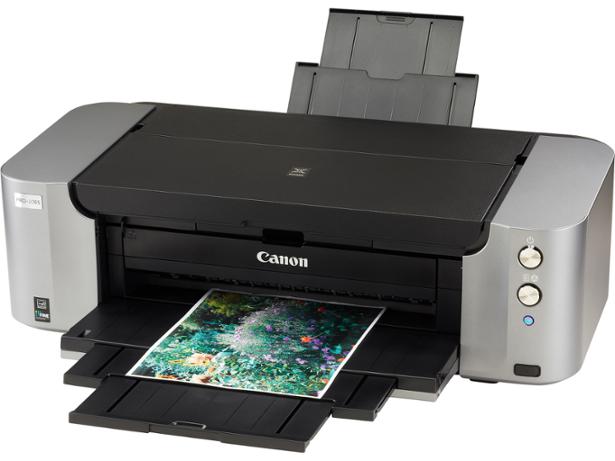You have at long last purchased that craftsmanship print you have been peering toward and are anticipating indicating it off to your guests and companions, however before you begin balancing it on the divider; you should go through a moment or two to consider how these prints were made. That bit of workmanship that you purchased is unquestionably not the first. It is a replicated print produced using the first work of art. Craftsmanship prints are made utilizing diverse printing cycles, and you may have gone over these various terms as you were making enquiries and looking for your print. Prior to making your buy, it is useful to realize the printing cycle by which your craft print was made. The following is a concise portrayal of a portion of the more normal printing strategies for craftsmanship prints:

Giclee Print articulated as zhee-klay, it is a French word which implies a shower or spray of fluid. The name is distinct of the manner by which the print is made. A giclee is fundamentally an advanced printout of the first fine art, made from computerized sweeps of the first. When the output is made and the picture carefully filed, an advanced printer at that point makes a high goal printout with top notch inks. The printer does this utilizing a fine stream of ink, bringing about striking, unadulterated shading with extraordinary detail. A giclee can be imprinted in different sizes and onto different mediums like canvas and photograph paper.
A bit of leeway of giclee printing is the significant level of precision and extravagance in shading. Another preferred position is that it empowers specialists to make simple reprints of their work to be sold, as and when required, or in mass. It additionally dodges the sorrow of auctioning off the first canvas. A lithograph takes a shot at the rule that water and oil do not blend. A hand-made lithograph is a print made by drawing with a slick substance, Best Printer for Art Prints for example, pastels and pencils on permeable stone or metal plates. An Oil-based ink is then applied to the dampened stone that clings just to the lines drawn. The plates are then squeezed onto a piece of paper to deliver the last print.
Serigraphy, or screenprinting, is a stencil printmaking measure in which excellent paper is put underneath a screen or stencil. Ink is then applied over the screen utilizing a squeegee. The screen has certain parts removed so the ink can be moved onto the paper underneath. This cycle is then rehashed for various screens and shading until the last picture is finished. Screenprinting can be utilized on an assortment of surfaces, for example, materials, pottery, metal, wood and paper and is usually utilized in enterprises from attire to item naming.